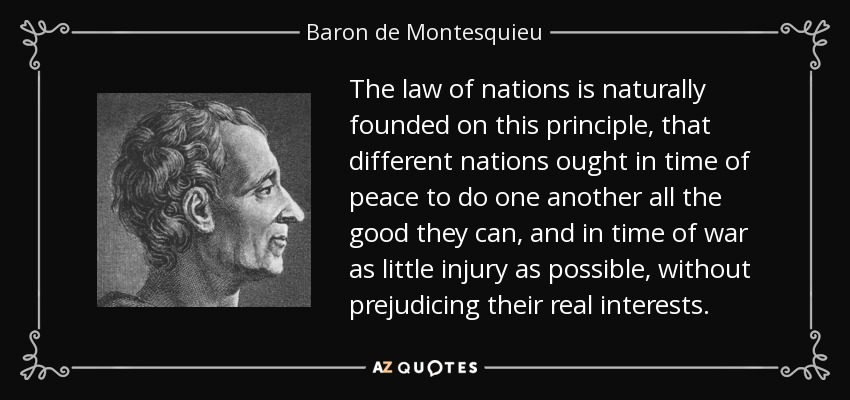Note: This is the fourth of five blog posts covering Module 2 of my business law summer course (Tiger King edition).
Part D of Module 2 is devoted to the third major source of law: the Law of Nations or “public international law”, a broad and important domain that encompasses such disparate things as treaties, customs, and human rights. In keeping with the Tiger King theme of this course, this part contains a proposed wildlife treaty (The International Convention for the Protection of Animals or “ICPA”), a student law review article by Adrienne Ruffle on the International Whaling Commission, and a short video on international law by yours truly.
Among other things, my video emphasizes what I consider to be one of the most peculiar aspects of public international law. Unlike the domestic laws of a nation-state, which are in theory obligatory on all persons and firms inside that nation’s territory, the government of each country generally gets to decide which treaties to ratify and which norms or customs to comply with. Why? Because these rules are not enacted by an international legislature; nor are they enforced by an international police force. Instead, treaties are generally negotiated by the member states of the international community. Moreover, even widespread international customs and human rights norms are often up for grabs, since it is up to each government of each country to decide how, if at all, to enforce these customs and norms. (My video also contains an embarrassing blooper; I accidentally knocked my camera down. I decided to keep this brief blooper in to give everyone a laugh.)
So, returning to our metaphor, if law is seamless web, to quote the great English legal historian F. W. Maitland, where does “International Law” fit it? I could be wrong, but I would place such disparate things as treaties, custom, and human rights norms at the outer edges or fringes of our massive legal web. Some of these international rules might be enforced by domestic courts or otherwise seep into domestic law; most, however, are probably just symbolic or aspirational parchment barriers.





Pingback: Maitland’s metaphor: law as a seamless web | prior probability